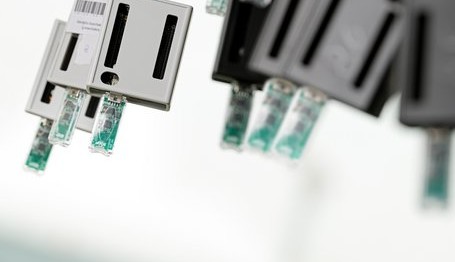Research Project for a Secure IoT
June 20, 2019
on
on

Devices that are connected to the internet, such as self-driving cars and intelligent thermostats, pose an increasing threat to our privacy and security. Protecting against this requires a fundamental and urgent approach. A national research project with more than 45 participants – universities, companies, social organisations and government – led by the TU Eindhoven, will in the next few years carry out research into this problem by combining technical research with legal and criminological approaches. The project is subsidised with nearly 10 million euro by NWO in the framework of the Dutch National Research Agenda.
Etalle leads the research project ‘An Internet of Secure Things – INTERSECT’ that should provide the first impetus towards ‘a blueprint’ for the design, security and management of IoT systems. Because this project joins together universities as well as government, companies and social organisations, the problem can be approached technically as well as legally and criminologically. This can also be used to research a broad range of applications, for example health, energy, mobility and smart cities.
Source: TU Eindhoven
Connected devices
From an internet that once consisted only of interconnected computers, now very rapidly is transformed into an internet where devices are connected, such as cars, books, refrigerators, but also sensors, smart home systems and complete power plants. This Internet of Things is expected to contain 75 billion connected devices by 2030. Given the fact that there is little control over the development of these, the scope of the technology brings a great security risk.Turning point
According to Sandro Etalle, professor of cyber security at the TU Eindhoven, we have arrived at a turning point in history. “If we do nothing now, we run the risk of being overwhelmed by technology that we cannot oversee or control and that will completely undermine our privacy and cyber security.” As a solution, the current ad-hoc security methods such as virus scanners or firewalls are no longer adequate, says Etalle. “To get a grip on this problem we need a systematic approach with rules for the design and management of IoT systems.”Etalle leads the research project ‘An Internet of Secure Things – INTERSECT’ that should provide the first impetus towards ‘a blueprint’ for the design, security and management of IoT systems. Because this project joins together universities as well as government, companies and social organisations, the problem can be approached technically as well as legally and criminologically. This can also be used to research a broad range of applications, for example health, energy, mobility and smart cities.
Source: TU Eindhoven
Read full article
Hide full article



Discussion (0 comments)